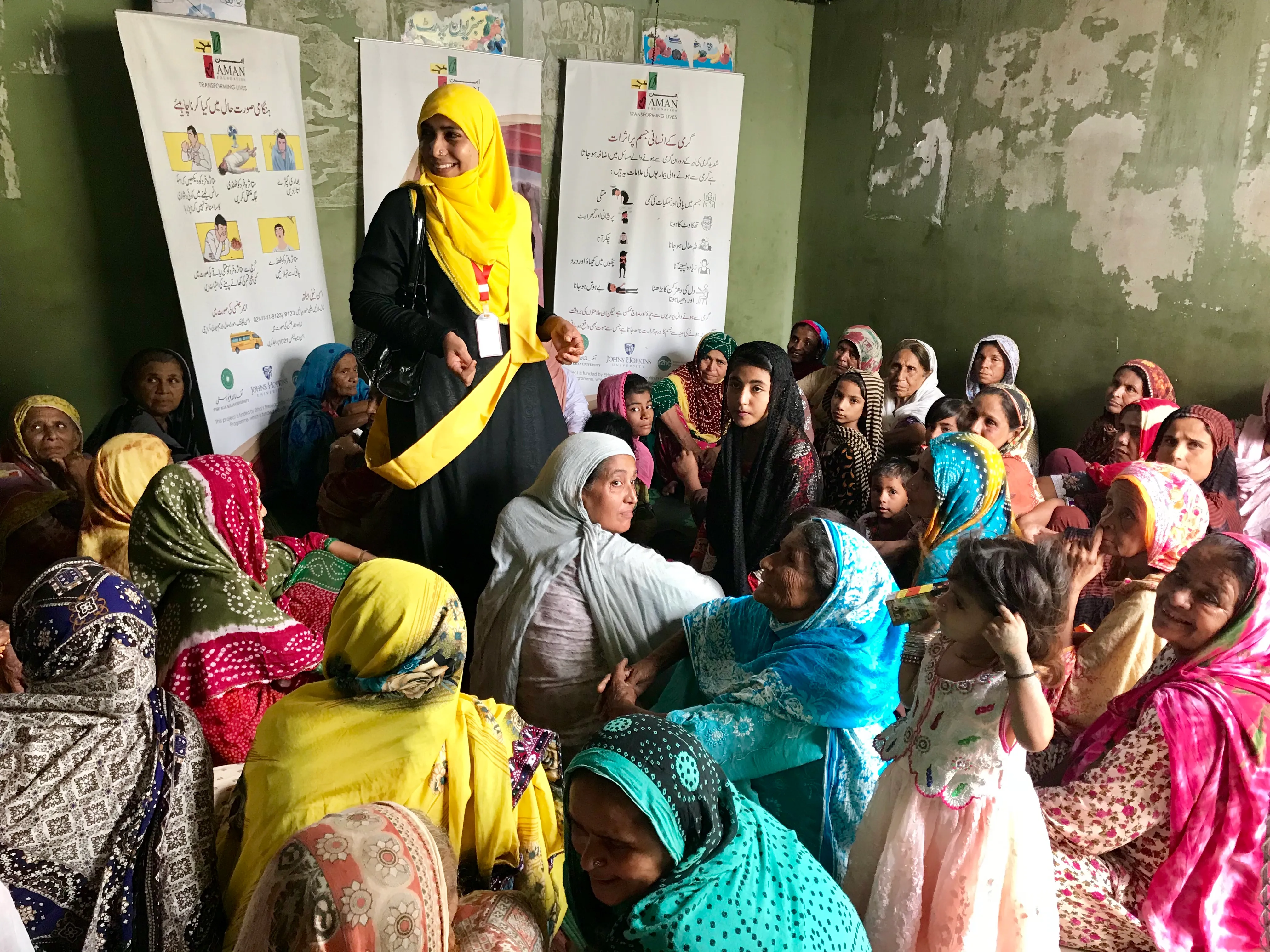What if the water we use at nutrition clinics has the potential to harm?

During times of famine, it is often children who suffer the most. As aid workers in nutritional crises, we try to support affected populations through ambulatory feeding programmes, or through therapeutic feeding in clinical settings for the most critically ill. But what if the water we use in these clinics could be presenting a potential harm?
In intensive therapeutic feeding centres (ITFCs), food is a kind of medicine. The right kind has to be delivered in the right amounts at the right time so that these patients, some of the most vulnerable we encounter in humanitarian emergencies, can recover.
Children suffering from severe acute malnutrition in ITFCs are exceptionally sensitive to what they take in because their physiologic and metabolic function is deeply affected by the illness. For this reason, the therapeutic foods and products we use in ITFCs—therapeutic milks like F75 and F100, oral rehydration solutions, ready-to-use therapeutic foods like PlumpyNut—are carefully calibrated with respect to their caloric, electrolyte, and mineral content.
But there’s a big problem that has gone unnoticed for a long time.
Many of these products are dry powders that need to be reconstituted using locally available water. But the water available in many of the places where we face nutritional crises can have naturally high levels of electrolyte and dissolved mineral content because it comes from deep, highly mineralised groundwater sources. This is often the case in water-scarce regions where populations also face considerable food insecurity.
When this kind of water is used to reconstitute therapeutic products used in ITFCs, it can throw off the delicate balance of electrolytes and minerals. What was carefully calibrated is lost, and the patient’s body may not be able to cope.
This is something field responders thought they might have observed in 2017 during the nutritional crisis in Ethiopia. In an ITFC in the dry southern reaches of the country, an unusual mortality cluster claimed several young children until a decision was taken to change the water supply, after which mortality levels declined.
What happened in Ethiopia is anecdotal and remains uncertain, but resonates with other reports from the field, of children in ITFCs being adversely affected by highly mineralised water. These reports date back to the famine in Somalia ten years earlier.
What the experience in Ethiopia showed us is that the silence around what constitutes “good enough” water for reconstituting therapeutic products can have potentially fatal consequences for the most vulnerable.
The physiological and metabolic basis for this problem is real; and up to this point, it has gone completely unstudied. There is an urgent need to understand the problem better and move toward generating functional guidance on allowable chemical water quality in ITFCs in order to protect this most vulnerable patient population. That is what this project seeks to do.
Stay updated
Sign up for our newsletter to receive regular updates on resources, news, and insights like this. Don’t miss out on important information that can help you stay informed and engaged.
Related articles



Explore Elrha
Learn more about our mission, the organisations we support, and the resources we provide to drive research and innovation in humanitarian response.